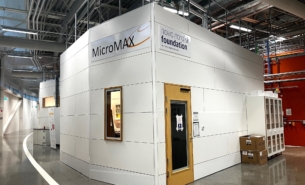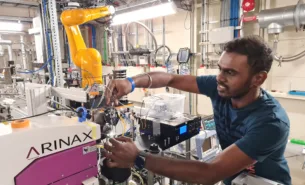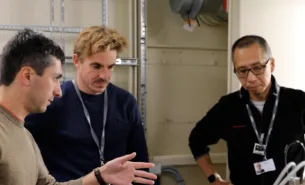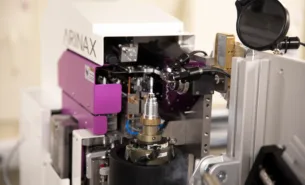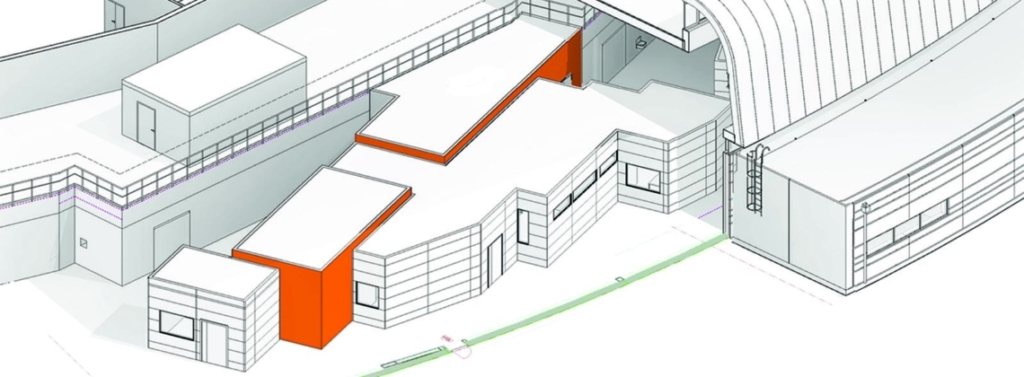
MicroMAX is opening up new possibilities in the area of structural biology making it possible to study proteins in 3D and to follow them in time. MicroMAX will allow studying the molecules that are most interesting but most difficult to study because they only provide microcrystals.
MicroMAX provides a very small but parallel and intense X-ray beam and makes it possible to use new methods of presenting the samples to the X-ray beam. The technique used is called X-ray crystallography. By making crystals of the protein molecules, shine our X-ray beam on the crystals and record the scattered X-rays it is possible to obtain a 3D-model of the protein molecule.
The science of structural biology studies structures of biological molecules with the goal to understand how biology works on a molecular level. The function of these molecules is determined by their structure, and since most functions in for example our cells are carried out by these molecules, it is fundamental to understanding life. X-ray crystallography plays an important role in the development of new medicines.
MicroMAX has been funded by the Novo Nordisk Foundation.
NOTE: Results from MicroMAX, in addition to the general acknowledgement for MAX IV, must include the following acknowledgement: “MicroMAX is funded by the Novo Nordisk Foundation under the grant number NNF17CC0030666”
Call for proposals Spring 26
For more information, see MicroMAX User Information
Beamline documents
Macromolecular Crystallography Review Report (download PDF)
